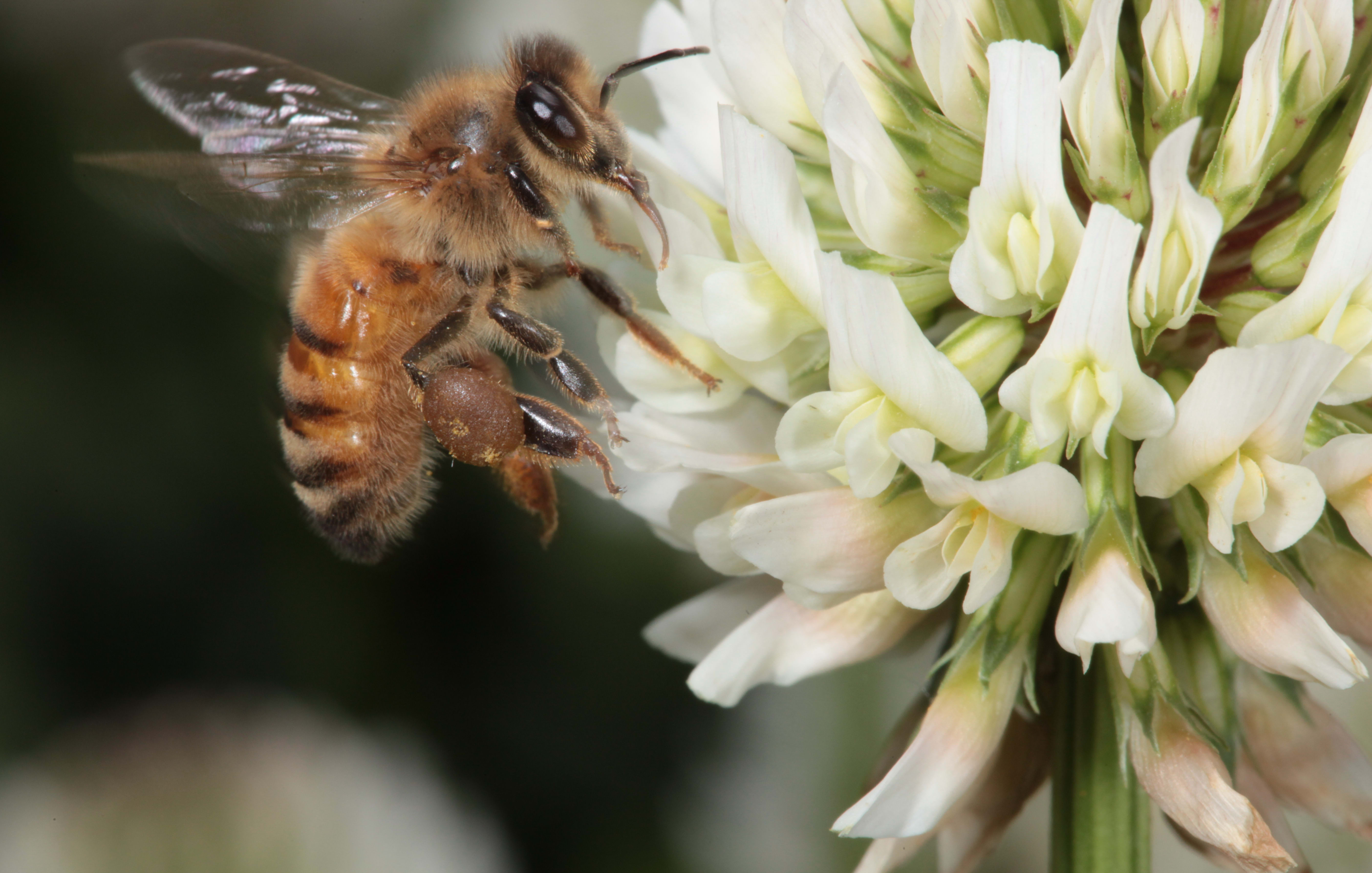Farmers around the country now have a handbook which offers practical advice on how to plant strategically to feed bees.
It combines knowledge from 10 years of field and laboratory research by the New Zealand Trees for Bees research trust.
Dr Angus McPherson is a Trees for Bees, farm planting advisor and trustee and was one of the lead researchers for the handbook.

Bees all around the world are facing a number of threats, including pests, disease and pesticides. The best weapon against these threats is to provide bees with a steady supply of forage to help them stay healthy and strong. Photo: Supplied
Pollinators are under pressure globally, he told Jesse Mulligan.
“From climate, pesticides, herbicide use, changing farming practices, and our pollinators underpin probably about 80 percent of our agricultural sector.
“Without having a robust and healthy network of pollinators, clover pasture, arable farms, our fruit and veggie sector would really struggle to be able to operate,” McPherson says.
The aim of the handbook is to help the agricultural sector feed bees naturally year-round, he says.
“By making sure that there's enough floral resources out there in those critical spring build up and autumn recovery periods.”
Bees need a varied diet, just like humans, to thrive, he says.
“They need a good nutrition and a varied diet. So, it's about having an abundance of high quality pollen and nectar for them to be able to forage on.
“If you look at the life cycle of your of your bee colony, it needs to be able to build up steadily through spring because the numbers are lower over winter. And they build up through late winter, early spring to the beginning of summer up to peak numbers of 60,000 bees per hive so that they are the in the best possible shape when they are doing the pollination work and their honey gathering work.”
Over winter those numbers drop to about 10,000 per hive, he says, before ramping up again in spring.
They need both a mixture of pollen and nectar to do that. Pollen’s your carbs, and nectar’s your energy, your sugars.”
Supplying sufficient floral resources will allow bees to thrive throughout their life cycle, he says.
“If you're providing enough abundance and diversity the bees will go in and find what it is that they need at that time.”
Both native and exotic species can provide forage, he says.
“Things like five fingers are great for late winter, early spring, provided you got good possum control, pittosporum species are great in spring. And native species in autumn things like koromiko, and hoheria are great flowering from February-ish, onwards.”
Late summer and autumn forage will enable bees to replenish their honey supplies within the hive for overwintering, he says.
In the backyard similar principles apply, McPherson says.
Herbs are brilliant; thyme and oregano and those sorts of things. Brassicas are brilliant so if you've got a cauliflower or something like that, that's going to go into seed don't pull it out let it flower and the bees will love you for it.”
Also consider flowering hedging in the garden, he says.

